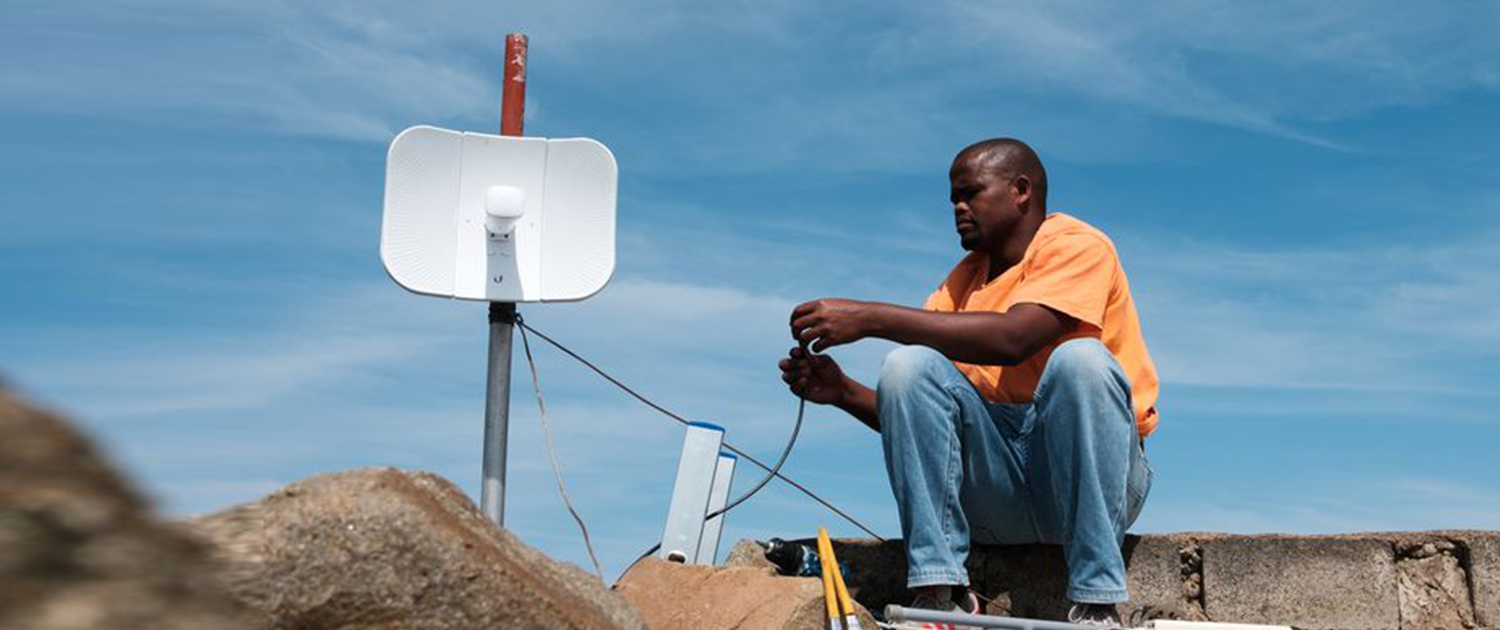In light of the recent launch of the global Internet Resilience Index (IRI), I wanted to recognize the project from which it grew and share some observations we’ve been able to make about the resilience of the Internet in Africa in the past 12 months because of it.
From Africa to the World
The original version of the IRI was developed as part of the Measuring Internet Resilience in Africa (MIRA) project — a joint initiative between the African Network Information Centre (AFRINIC) and the Internet Society.
The goal of the MIRA project was to evaluate the capability of all African countries to provide a stable and reliable means of Internet connectivity at all times. The IRI provided a framework for us to make this initial evaluation. Other components of the project involved:
- Developing local Internet measurement infrastructure to validate what the external data was saying.
- Making local decision-makers aware of this data and how they can use it to recognize gaps in their country’s Internet resilience and track its development.
When we started working on a global IRI, we identified that some data sources that we were using to evaluate African countries weren’t available for many other countries and territories outside the continent. For example, it was possible to find all the exit point data for Africa — how many cross-border links a country has to neighboring countries or submarine cables — but not many of the remaining countries worldwide. Other data points that we’ve had to delete for similar reasons include:
- Electricity: Quality of power supply.
- Spam infections: The percentage of networks in spam block lists.
We hope we can reintroduce these indicators in the future along with new metrics — some of you may have noticed the new indicators (fixed and mobile jitter and upstream redundancy) that we’ve included in the global IRI already.
Africa’s Internet Resilience from 2021
Given these changes, African countries and regions will notice changes in IRI scores. As can be seen in Figure 1, the trend remains the same with Southern Africa being the highest-scoring sub-region in Africa and Central (middle) Africa being the lowest-scoring sub-region.
Figure 1 — A chart showing the difference between the Internet Resilience Index scores for Africa and its sub-regions using the first edition of the IRI (blue) compared to the latest edition of the IRI (orange).
Due to the change in metrics to match the data available for countries outside Africa, we can only compare a few metrics to observe the following trends and changes in the region between 2021 and the end of 2022:
- Cape Verde added a new IXP
- The average MANRS score improved by 6% in Africa; the largest gains were in Angola and Algeria.
- Mauritius and Somalia replaced South Africa and Eretria as having the most and least resilient Internet.
With the new Internet Resilience Index, we can now see how African countries compare to the rest of the world. Stay tuned to the Pulse blog and social media handles, and subscribe to the Pulse newsletter for future analysis.
Photo by Internet Society / Nyani Quarmyne / Panos Pictures


